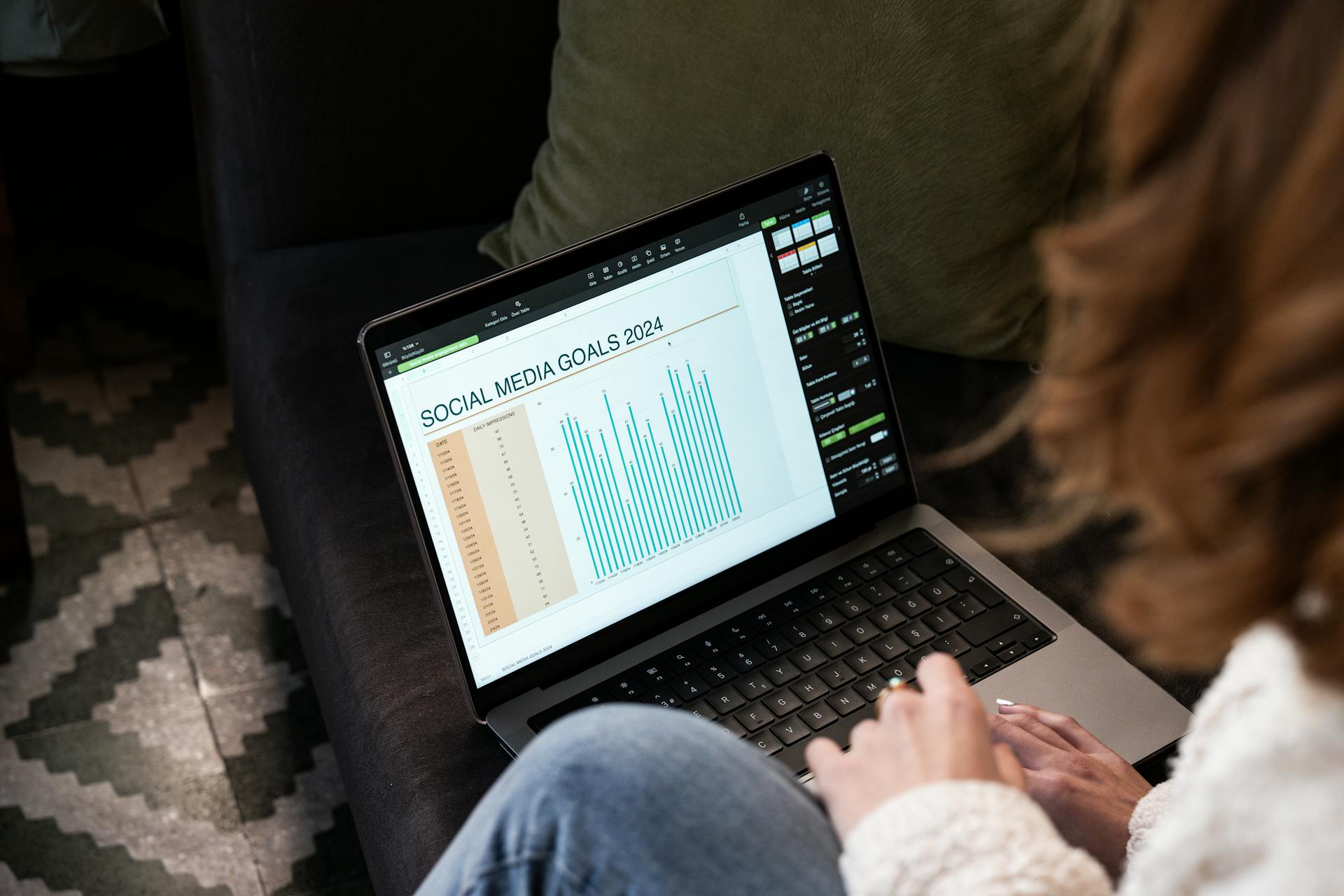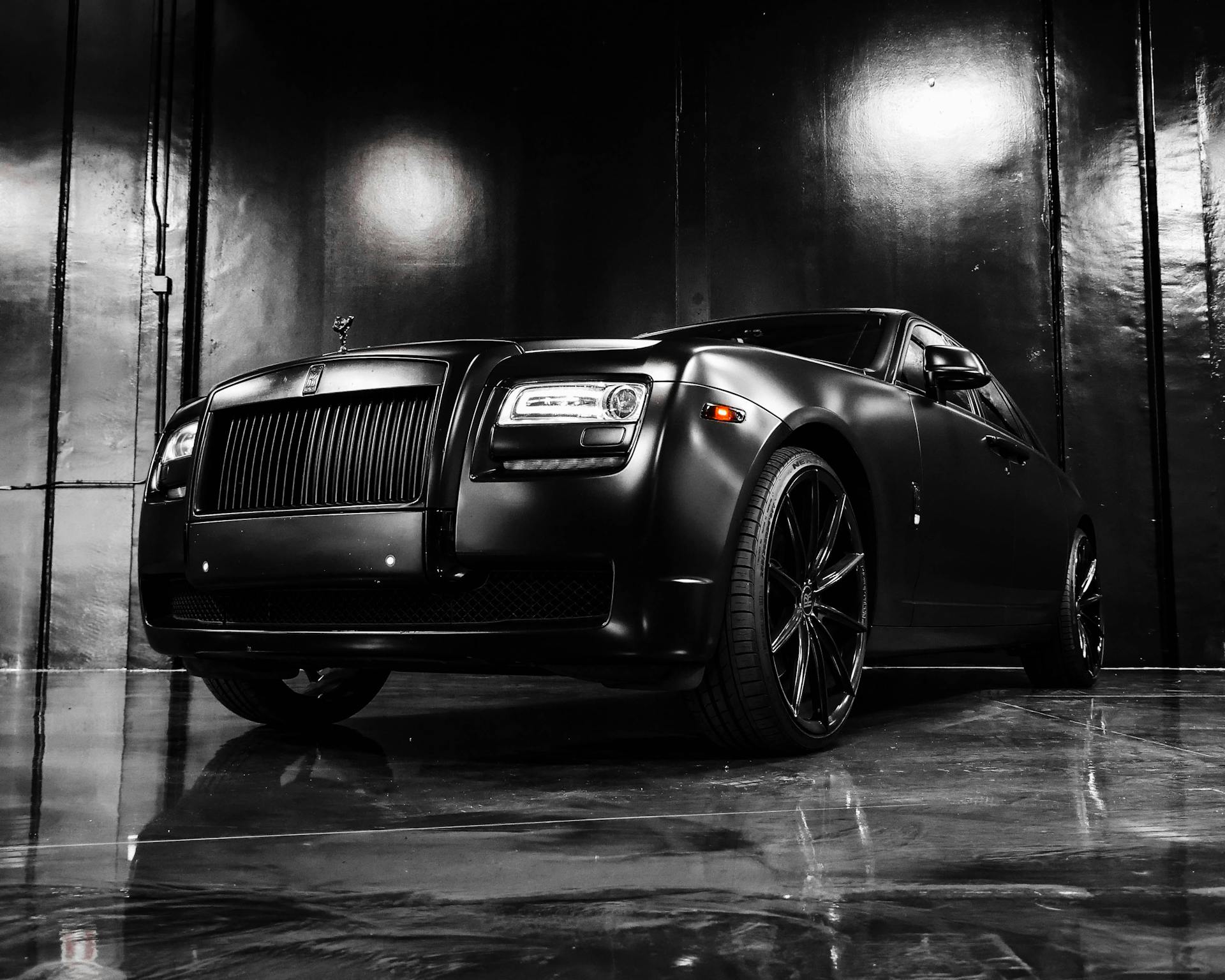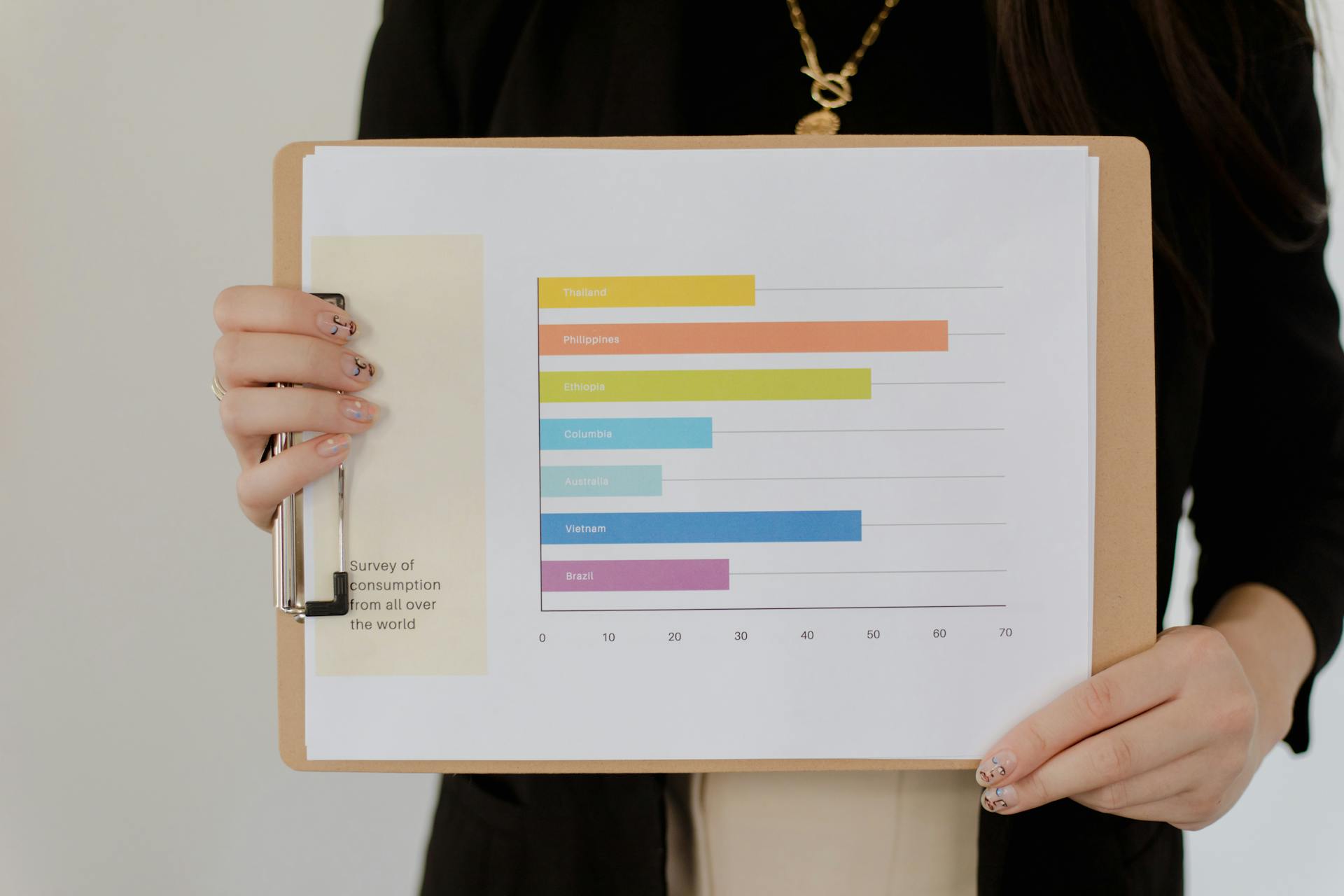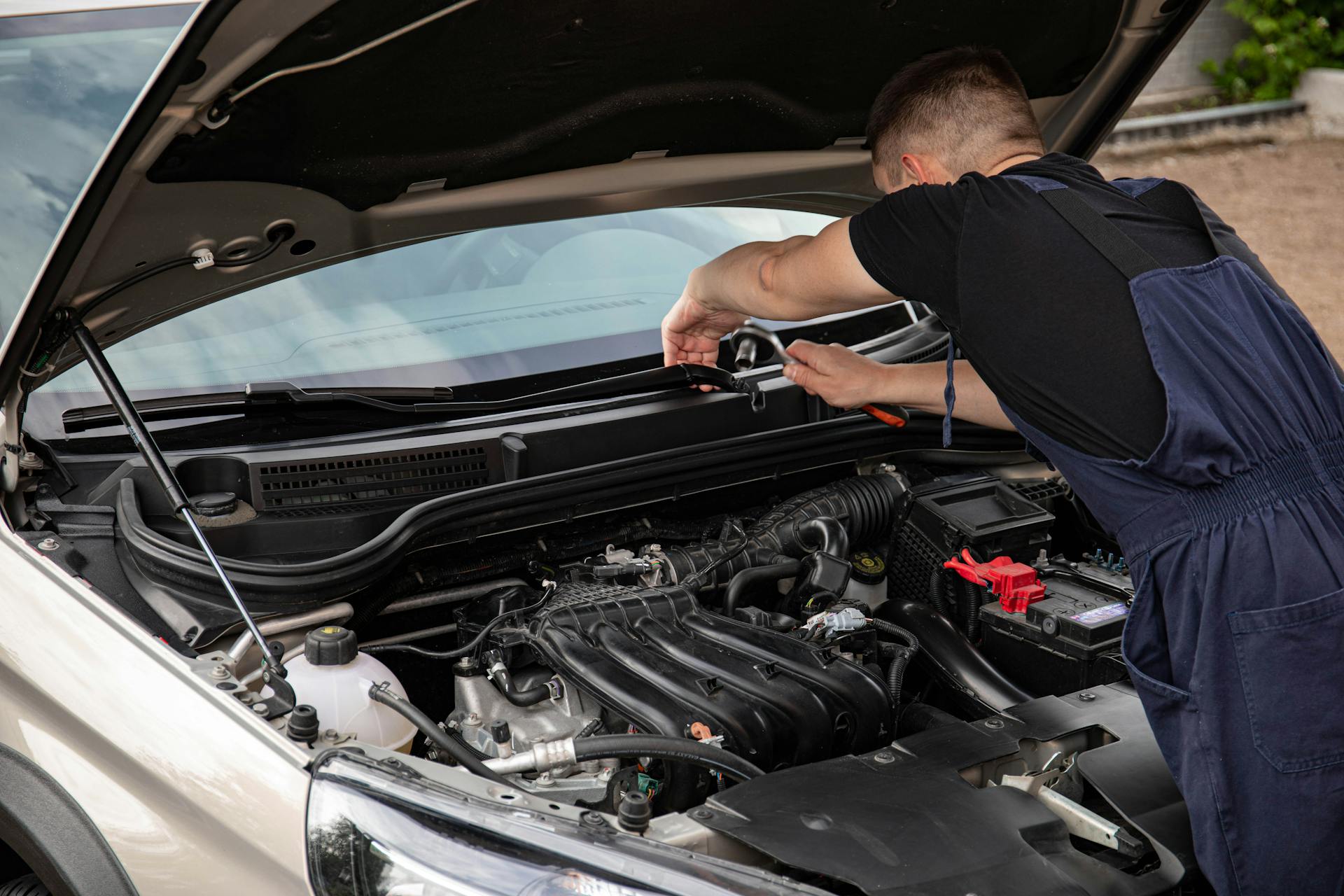
Cars depreciate most in the first few years, with the biggest drop happening in the first year. On average, a new car loses around 20% of its value within the first 12 months of ownership.
This is because the initial purchase price is the highest it will ever be, and the car's value decreases as soon as it leaves the dealership. For example, a car that costs $30,000 new may be worth around $24,000 after a year.
The second year is also a significant depreciation period, with another 10-15% loss in value. This is because the car's initial shine has worn off, and its mileage has increased, making it less desirable to potential buyers.
By the end of the third year, the depreciation rate slows down, but the car's value may still decrease by around 5-10% annually.
What You Need to Know
Cars can lose a large portion of their value the moment you drive them off the lot. This is a harsh reality, but it's essential to understand the factors that contribute to this depreciation.
High-end luxury cars tend to depreciate the most. If you're in the market for a luxury vehicle, be aware that it may not hold its value as well as a more affordable option.
To minimize depreciation, stick with tried and true colors like black, silver, or blue. These colors are less likely to be associated with a used car and may appeal to a wider range of buyers.
Here are some key factors to consider when buying a car that will depreciate less:
- Mileage: Low mileage is a plus, as it indicates a longer life for the car.
- Number of owners: The fewer owners a car has had, the more valuable it will be.
- Overall condition: A well-maintained car with a clean interior and exterior will sell for more.
- Warranty: A car still under warranty will be more attractive to buyers.
Understanding Car Depreciation
Car depreciation is a harsh reality for many car owners. Cars can lose a large portion of their value the moment you drive them off the lot.
The average ownership period of five years is used to determine a car's depreciation value. High mileage is a key factor in determining depreciation, while other factors include poor quality, bad design, and repair expenses.
Luxury cars tend to depreciate the most, with some models losing up to 70% of their value over five years. The BMW 7 Series, for example, has an average depreciation of 72.6% over five years, representing a value reduction of nearly $74,000.
Factors that determine the rate of depreciation include mileage, quality, design, and consumer whim. For instance, the Ford Edsel was a car that bombed despite its state-of-the-art technology, due to consumer dislike.
Here are some key factors that affect car depreciation:
- Mileage: Low mileage indicates a longer life for the car, so people will pay more.
- Make and model: Newer models tend to resell better, even with age.
- Market demand: Cars with luxury appeal or reliability tend to resell better.
- Age: Newer cars are generally more expensive.
- Accidents: Cars with accident histories sell for less.
- Number of owners: Cars that have changed hands more often are less valuable.
- Overall condition: The interior and exterior condition of the car determines its value.
- Fuel economy: Cars with good fuel economy are more desirable.
- Color: Neutral colors like black, silver, or blue sell better than other colors.
- Warranty: Cars still on warranty are more valuable.
- Technology: Cars with the latest technology and safety equipment are more valuable.
If you plan to trade your car in within five years, sticking with tried and true colors, keeping your mileage low, and keeping up with maintenance can help minimize depreciation.
Gap Coverage
Gap coverage is the only type of car insurance that will pay for the outstanding balance between what you owe and the car's market value.
If your car is considered a total loss after an accident or it is stolen, your collision or comprehensive insurance coverage will pay you the value of the car, not what you owe, unless you have gap coverage.
Buying gap coverage at the dealership is a bad idea because it's much more expensive than buying it from an insurance company directly.
To determine if you need gap coverage, subtract 10% from the agreed upon total price of the vehicle to see what your car will be worth when you leave the dealership. If you owe more than that amount, you'll have an upside down loan.
A unique perspective: Financing for Car Dealers
Factors Affecting Depreciation
Cars depreciate due to various factors, but some stand out as more significant than others. High mileage is a major factor, with automotive sources assuming average ownership of five years to determine depreciation value.
Poor quality, bad design, and repair expenses can also significantly impact a car's depreciation. The Ford Edsel, for example, was a state-of-the-art car that bombed in the market, showing how consumer appetite can affect depreciation.
Here are the key factors that affect depreciation:
- Mileage: Low mileage indicates a longer life for the car, making it more valuable.
- Make and model: A newer model is usually more desirable, with certain years being more expensive than others.
- Market demand: Cars with luxury appeal or high reliability tend to resell better, even with age.
- Accidents: A car's accident history can significantly impact its resale value.
- Number of owners: The more the car has changed hands, the less valuable it will be.
- Overall condition: The car's interior and exterior condition play a significant role in determining its value.
- Color: Neutral colors tend to sell better than other colors.
- Warranty: A car still under warranty is more valuable due to fewer out-of-pocket costs for car problems.
- Technology: Older cars without the latest technology and safety equipment tend to cost less.
Luxury Cars and Depreciation
Luxury cars are notorious for depreciating quickly, with some models losing up to 70% of their value in just five years. The BMW 7 Series is the top car with the fastest deprecation, with a 72.6% average value reduction.
The issue with luxury cars is that they often have features and technology that are not valued by used car buyers, making them harder to sell. This is especially true for leased cars, which increase the supply of off-lease vehicles once the lease period ends.
Broaden your view: Why Do Luxury Cars Depreciate so Fast

Some of the fastest depreciating luxury cars include the Maserati Quattroporte, BMW 7 Series, and Audi A7, all of which lose over 50% of their value in five years. The Cadillac Escalade and Volvo S90 also make the list, losing 56.5% and 55.8% of their value respectively.
Here's a breakdown of the top 5 fastest depreciating luxury cars:
Top Luxury Cars
If you're thinking of buying a luxury car, be aware that they can depreciate quickly, with some models losing over half their value in just five years. The BMW 7 Series is the top luxury car that depreciates the fastest, with a 72.6% average depreciation rate over five years, resulting in a nearly $74,000 value reduction.
Luxury sedans dominate the list of fastest depreciating cars, with the BMW 5 Series and Audi A6 also making the top five. The Nissan Leaf, an electric vehicle, is the only non-luxury car on the list, with a 70.1% average depreciation rate over five years.

The Maserati Quattroporte is another luxury car that depreciates significantly, with a 64.5% average depreciation rate over five years, resulting in a $90,588 value reduction. The BMW 7 Series and Maserati Ghibli are also among the top 10 luxury cars that depreciate the most, with average depreciation rates of 61.8% and 61.3%, respectively.
The Cadillac Escalade and Jaguar XF are other luxury cars that depreciate rapidly, with average depreciation rates of 56.5% and 57.6%, respectively. These numbers are based on five years of depreciation and highlight the importance of considering depreciation when buying a luxury car.
Here is a table of the top 5 fastest depreciating luxury cars:
Mercedes-Benz S Class
The Mercedes-Benz S Class is a luxury sedan that's known for its high-end features and impressive performance, but its value takes a hit over time. It suffers from a 55.7 percent drop in value after five years on average.
Its average price difference from MSRP is a staggering $70,563, which is a significant loss for owners. The S Class isn't alone in this depreciation, but it's still a notable concern for those looking to buy or sell one.
Cadillac Escalade
The Cadillac Escalade is a luxury SUV that's known for its high-end features and spacious interior. It loses a whopping 58.5 percent of its value after five years on average.
The long-wheelbase Escalade ESV model is particularly hard hit, with an average price difference from MSRP of $63,885. This is a significant loss considering the Escalade's high starting price.
The regular-length Escalade model isn't much better, losing 56.5 percent of its value on average after five years. This still amounts to a huge hit of $59,093.
It's worth noting that even luxury nameplates like Cadillac can't escape the effects of depreciation. The Escalade's value loss is a reminder that even the most expensive cars will eventually lose their value over time.
Explore further: What to Do When You're Hit by a Car?
Volvo S90
The Volvo S90 is a highly complex, big sedan from Sweden that loses a significant amount of its value over time.
It's surprising to see that the S90 loses 55.8 percent of its value after five years on average, which is a substantial depreciation.
The average price difference from the MSRP is around $35,365, which is a significant loss in value.
The S90's depreciation is likely due to its lower sales numbers compared to other luxury cars.
Its timeless looks and wonderful interior design don't seem to be enough to hold its value, as you'd expect.
You'd think a car with such a great design would retain its value, but the market doesn't seem to agree.
Mercedes-Benz S-Class Loss
The Mercedes-Benz S-Class is a top-of-the-line luxury sedan, but it's not immune to depreciation. It loses a significant 55.7 percent of its value after five years, which translates to an average price difference from MSRP of $70,563.
This is a substantial drop in value, and it's not just the S-Class that's affected. In fact, it's one of the top 5 cars that depreciate the fastest, according to iSeeCars.com. The S-Class's depreciation rate is actually higher than some of its BMW-badged rivals, which is surprising given the prestige and quality associated with the Mercedes brand.
If this caught your attention, see: Why Does Mercedes Depreciate so Much

The S-Class's high depreciation rate is likely due to its high price point and the fact that it's often leased, which increases the supply of off-lease vehicles once the typical three-year lease period ends. This can make the S-Class a less desirable purchase for used car buyers, leading to a decline in value over time.
It's worth noting that the S-Class is not alone in its depreciation woes. Other luxury sedans, such as the BMW 7 Series and the Audi A6, also experience significant drops in value over the course of five years.
Jaguar XF Fuel Loss
The Jaguar XF is a luxury car that's known for its sleek design and impressive performance. It's a popular choice among car enthusiasts, but it's not without its drawbacks.
One issue that Jaguar XF owners have reported is fuel loss, with some owners experiencing a decrease in fuel efficiency over time. In some cases, this can be attributed to a faulty fuel pressure sensor.

The Jaguar XF's fuel system is designed to be efficient, but it's not immune to problems. A malfunctioning fuel pressure sensor can cause the engine to consume more fuel than necessary, leading to decreased fuel efficiency.
Some owners have reported that replacing the fuel pressure sensor can resolve the issue, but it's not a guarantee. Other factors, such as driving habits and maintenance, can also impact fuel efficiency.
On average, the Jaguar XF gets around 25 miles per gallon in the city and 32 miles per gallon on the highway. However, with a faulty fuel pressure sensor, these numbers can drop significantly.
It's worth noting that the Jaguar XF's fuel system is designed to be robust, but it's not invincible. With proper maintenance and regular check-ups, owners can help prevent fuel loss and keep their car running smoothly.
On a similar theme: Why Land Is Not Depreciated
Frequently Asked Questions
What is the best age to buy a car depreciation?
The best time to buy a used car is between 3-6 years old, when depreciation slows down and value loss stabilizes. Buying during this period can save you thousands of dollars compared to purchasing a new car.
At what mileage does a car lose the most value?
A car typically loses up to 75% of its value by 60,000 to 70,000 miles. This significant depreciation often occurs around the end of the sixth year of ownership
Sources
- https://www.investopedia.com/financial-edge/1012/cars-that-depreciate-in-value-the-most.aspx
- https://www.motor1.com/news/696046/cars-that-depreciate-most/
- https://smartfinancial.com/cars-that-depreciate-the-most
- https://jalopnik.com/these-are-the-fastest-depreciating-cars-over-the-past-f-1851021388
- https://www.copilotsearch.com/posts/15-cars-that-depreciated-the-most-in-2021/
Featured Images: pexels.com


